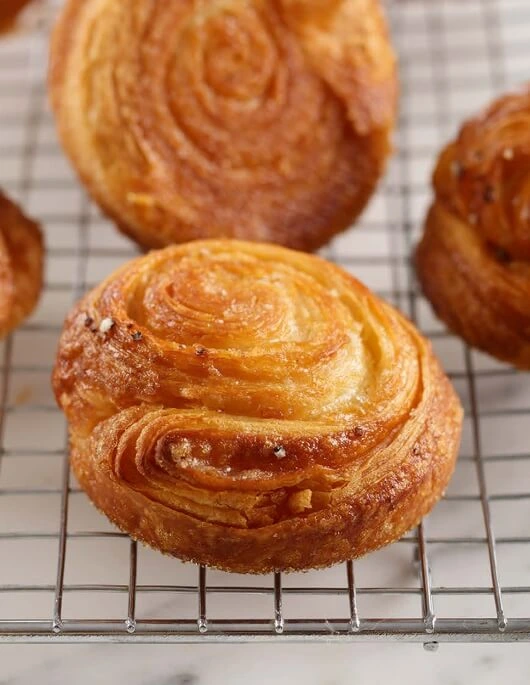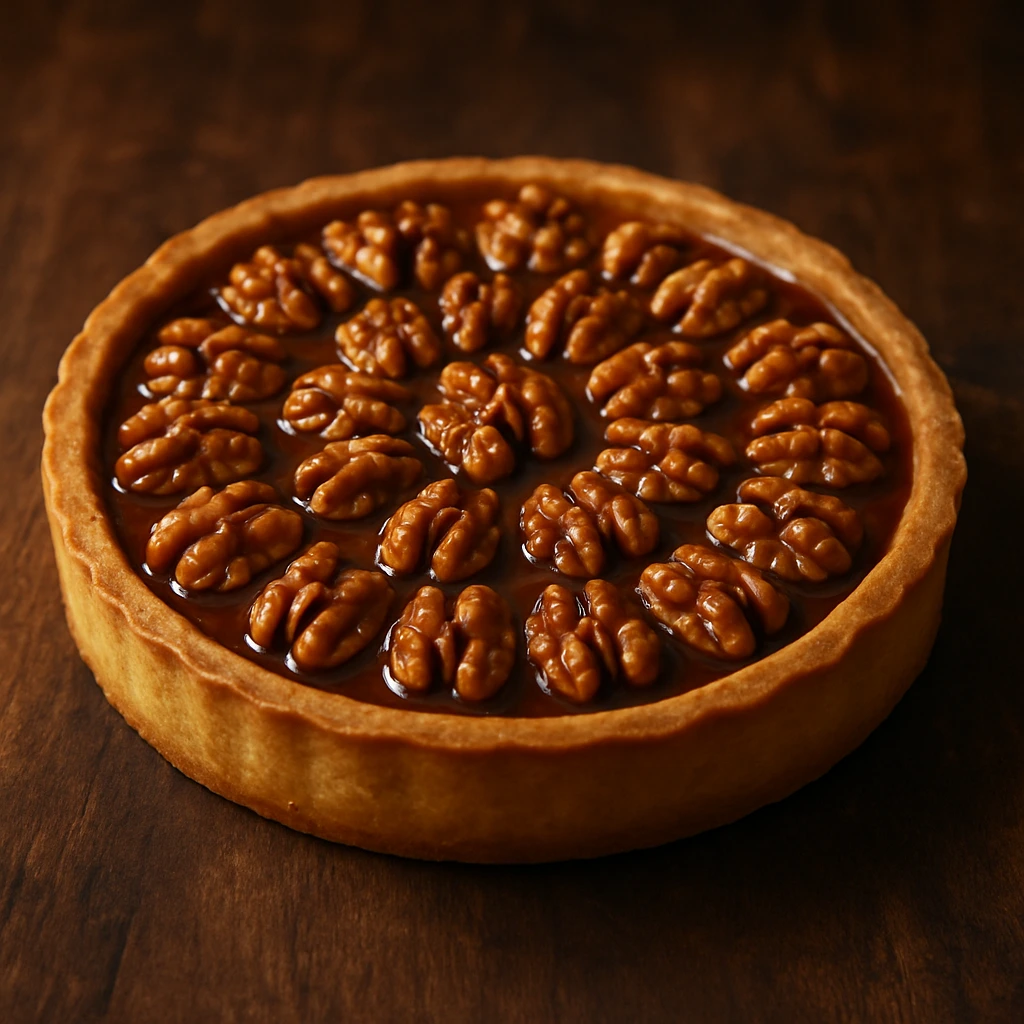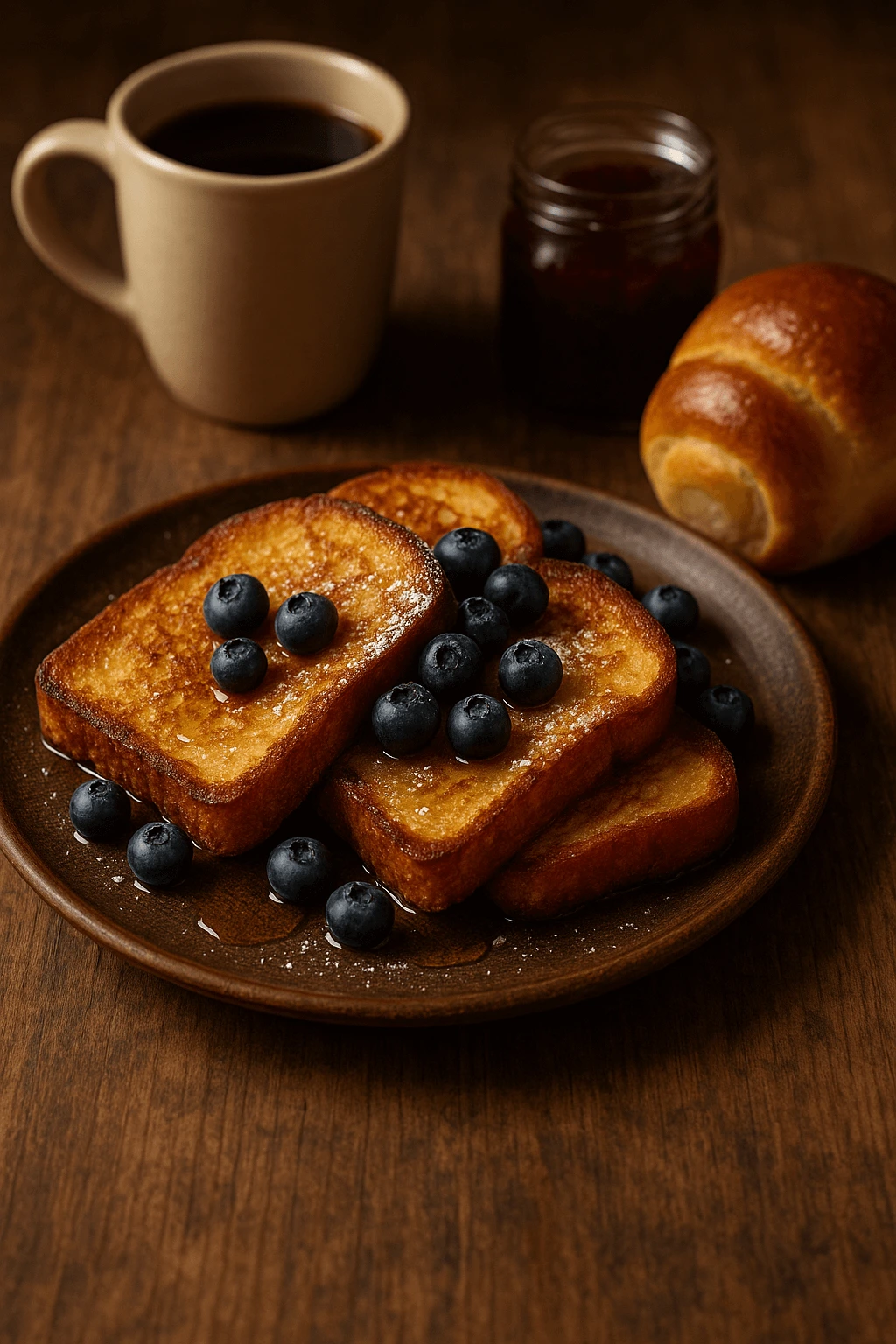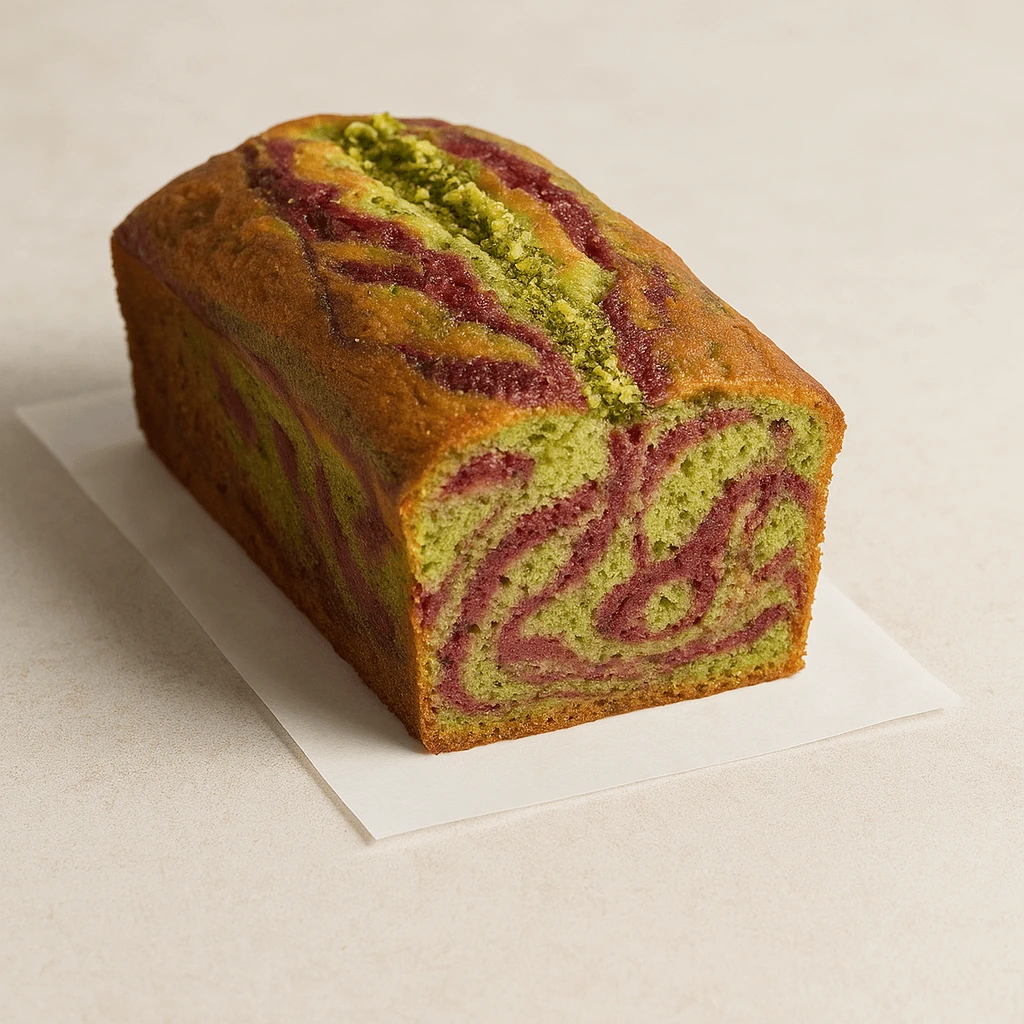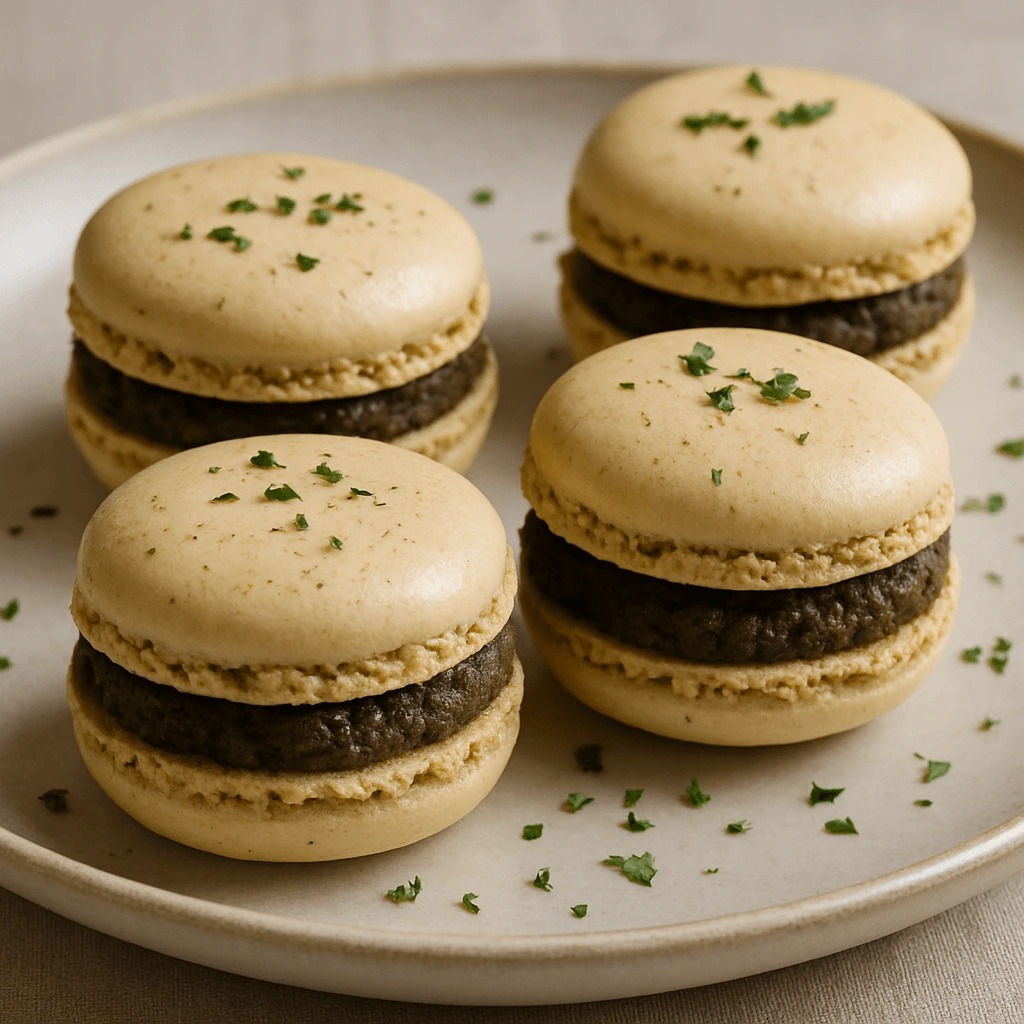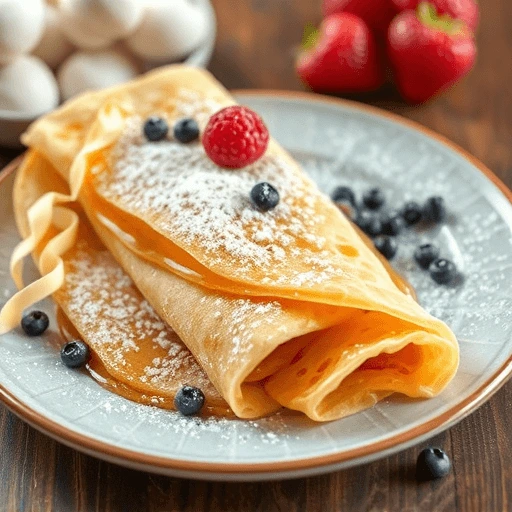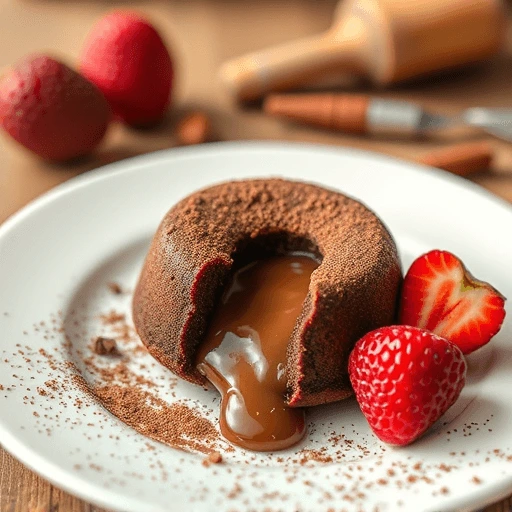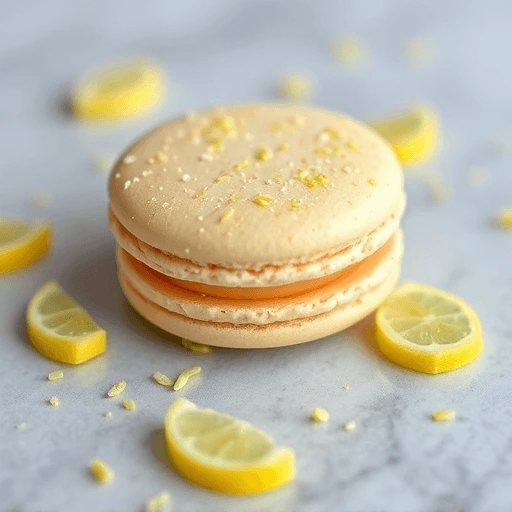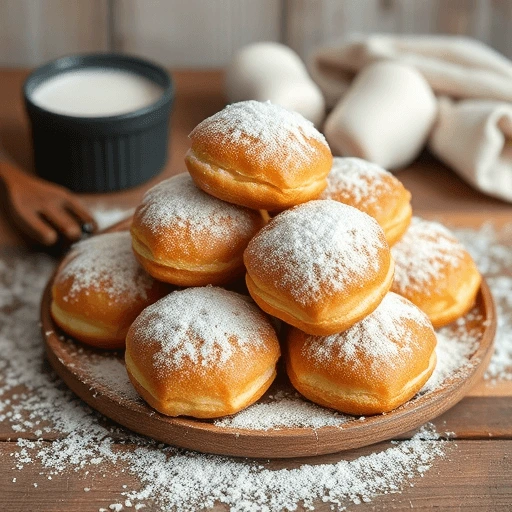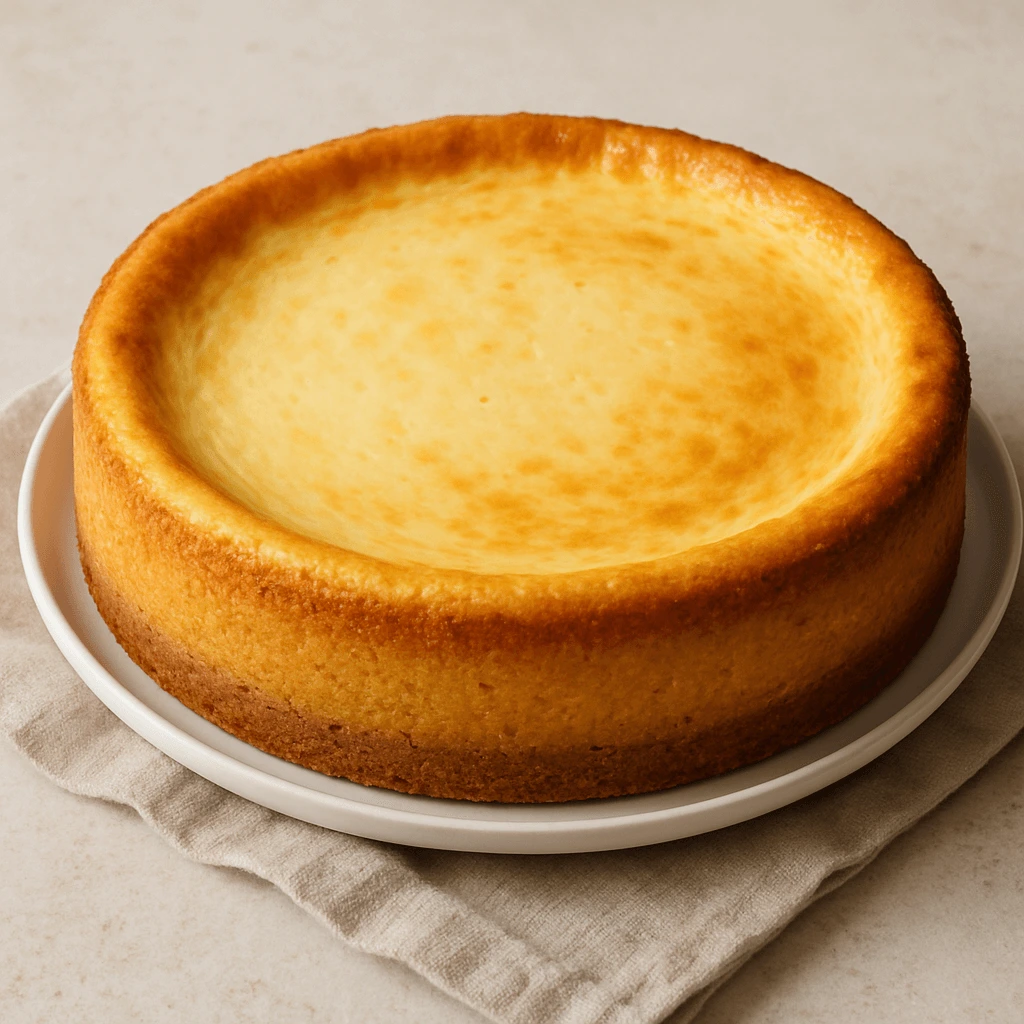Kouign-Amann: 2 Secret to Perfectly Caramelized Pastry Revealed!
Kouign-Amann is a traditional Breton pastry that has gained international acclaim for its unique combination of buttery richness and satisfying sweetness. Its name, derived from the Breton words “kouign” meaning cake and “amann” meaning butter, gives a hint of what to expect: a pastry that is unapologetically indulgent. This delightful treat hails from the town … Read more

